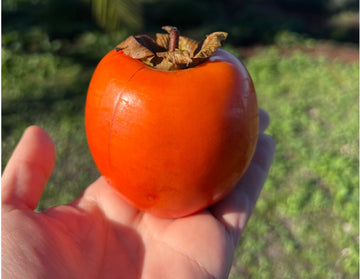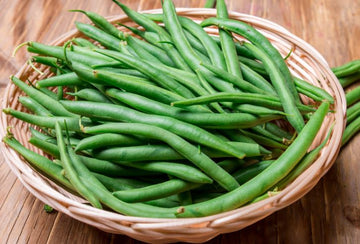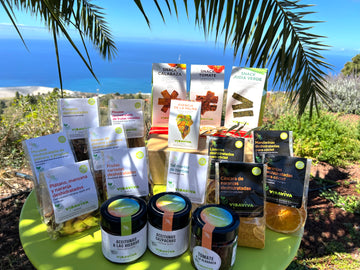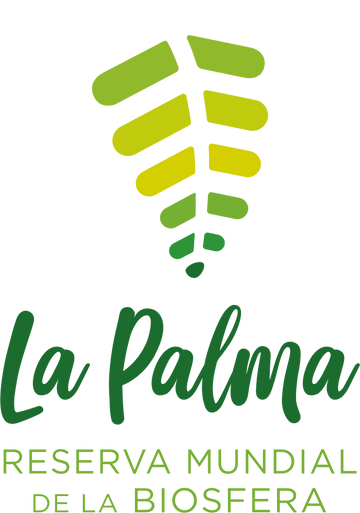The persimmon or kaki (in Japanese (柿 - カキ) is the fruit of the persimmon or palosanto tree ( Diospyros kaki ) , from the same family as ebony. Native to Asia, its cultivation in China and Japan began around the 8th century. Its scientific name, Diospyros kaki , which unites the Greekdiospyros with the Japanese kaki, means "fruit of the divine fire", this being an idea rooted within Japanese culture.

According to Japanese legend, the persimmon plant emerged from a crack caused by the fall of a giant defeated by a samurai, which reflects the significance and appreciation it has in Japanese culture.
In its external appearance, the fruit has a certain similarity to the tomato, more orange in colour, but its flavour has nothing to do with it, as it is particularly characterised by its sweetness, which makes it useful as an alternative to other sweeteners.
There are many varieties of persimmon, all of them with a high water content, which makes it a very refreshing fruit. In Vidaviva Ecofood's mixed fruit mix, the persimmon is subjected to a dehydration process at specific temperatures and for long periods of time, which allows it to be preserved for a long time while maintaining its nutritional properties.
It has a significant contribution of carbohydrates, fructose and glucose, and a low fat content, helping to regulate cholesterol levels. It also has a high fibre content, and depending on its degree of ripeness it can be used either to deal with situations of constipation (with the ripest fruit) or on the contrary, the less ripe fruit has astringent effects thanks to the presence of tannins, which makes it a suitable food to deal with diarrheal processes.

It has a high content of beta-carotene or provitamin A, and is a beneficial fruit for the care of the skin, hair and bones, also helping the immune system.
It is also a source of vitamin C and, although in smaller quantities, contains vitamins B6, K and E.
Potassium is a mineral that helps muscle activity and the nervous system, as well as keeping the heart rate steady. Its presence in persimmon makes this a suitable fruit for people who suffer from cardiovascular conditions or high blood pressure.

It is one of the fruits with the highest antioxidant content and among its minerals, in addition to the aforementioned potassium, it also contains copper, magnesium and phosphorus.
All of this makes persimmon a healthy fruit for most people of all ages, although people who suffer from kidney failure or diabetes should take precautions due to the potassium or fructose content.
Did you know?
- The name palo de santo that the tree receives in some places derives from the fact that it blooms around All Saints' Day.
- Traditional Japanese medicine used persimmon flowers to treat measles, and the tree bark for skin burns.
- Persimmon seeds are suitable for infusions.
- The wood of the persimmon tree is used for the manufacture of musical instruments.






